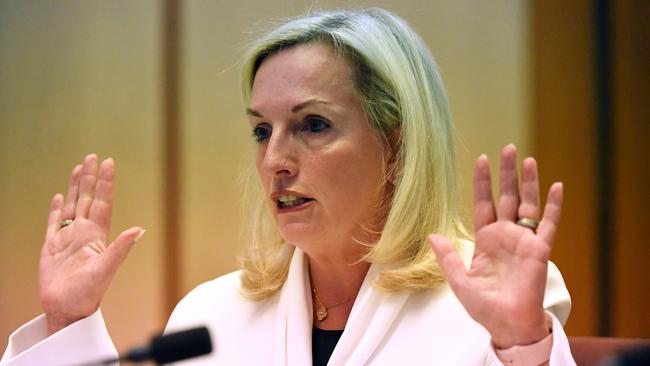
It’s a warning to all company directors because in the failings of Morrison we have a real live example of what can happen to a CEO when the pressure gets too great.
There are usually warning signs of a looming implosion – and in the case of Morrison there were several including one big one. Cabinet members foolishly ignored them.
Like prime ministers, the pressure on chief executives has intensified with the addition of matters linked to ESG issues.
The former prime minister’s decision to conceal from cabinet that he was a joint minister is absolutely bizarre and is not the Morrison I knew in former years.
The origins of the Morrison crumble arguably back date to December 2019 when he was in desperate need of a break. He took his family to Hawaii. But bushfires were raging as he left and soon after he arrived they got a lot worse. So he returned to Australia to an avalanche of criticism for taking a holiday when bushfires were threatening towns.
I don’t think any of us fully realised the impact of this incident. When January 2020 dawned, we had a prime minister who had been working at a furious pace for 14 months and had not taken a holiday. Thankfully, Anthony Albanese is not making the same mistake and has taken at least one short break during his first year in the job.
The year 2020 saw the Covid-19 pandemic at its deepest. Morrison believed the health portfolio should be a joint ministry in the crisis.
With the knowledge of the then health Minister, Greg Hunt, and selected others in cabinet, the action was taken. There was an announcement of sorts but you had to be very alert to pick it up. Later, finance was added. Morrison believed the finance Minister had been told but no communication passed.
The lack of proper communication was a clear first warning, but few were in a position to hear it.
The really serious constitutional roulette games were played in 2021.
And this time a much clearer warning sign that our prime minister was dangerously overstretched was put on public display in his October 2020 outburst – six months after the health appointment.
At least to me, the outburst was unlike the prime minister we had elected and I knew.
Without any proper investigation he blasted the Australia Post boss Christine Holgate, who had used her board authority to present Cartier watches to four executives who had performed extremely well, made large profits for the post office and entrenched its retail base.
The then chairman was fully aware of the Holgate actions. Morrison said of Holgate: “She has been instructed to stand aside. If she doesn’t wish to do that, she can go.”
Later it became very clear that “she” had done nothing wrong and it was a gross prime ministerial error. There were plenty of opportunities for Morrison to overcome the mistake with dignity but he did not take them.

This was a prime minister showing clear signs of cracking, but the cabinet didn’t not act. The community rationalised the error by assuming (incorrectly) that Morrison had a deep hatred of women in high positions. That entrenched community view damaged him at the election.
Come April 2021 – as the Holgate scandal played out in a Senate inquiry – Morrison was taking on even more portfolios without telling ministers.
Neither parliament nor the public had no knowledge of these matters. Further investigations may reveal additional actions and almost certainly challenge its constitutional validity.
There can be no excuse for such gross concealment and constitutional gymnastics but it’s typical of the irrational actions that vulnerable people take when they are being impacted by the pressures of office.
Conventionally, a corporate chief executive has the task of serving shareholders and gaining a return on capital. An essential part of that job is to look after staff, customers and the wider community. Much greater emphasis is now being placed on these extra activities and ESG. In some companies these extra activities appear to be taking over as the CEO’s primary role.
Nevertheless, chief executives who don’t deliver a bottom line simply lose their jobs.
This is a new set of pressures that are not fully recognised in the business community. We will have more corporate Morrison incidents if boards don’t keep a close watch on how their chief executive is handling the task.
This increased pressure on ASX-listed company chief executives is increasing the desire of CEOs to be running non-listed companies.
But that’s not good for the total capital market. What’s required is boards watching for those danger signs and make sure their CEO has intelligent breaks.




Scott Morrison’s concealment of his additional ministries appear to be a classic illustration of a chief executive crumbling under pressure.